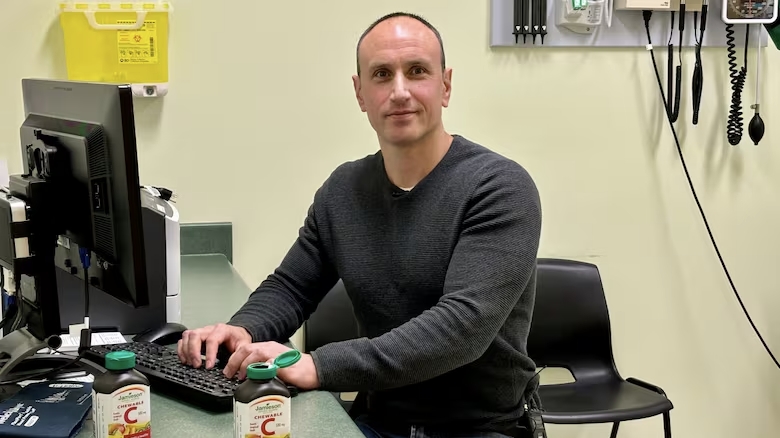Doctors Call for More Scurvy Testing in B.C. Amid Rising Vitamin C Deficiency Cases
Olivia Singh
12/19/20242 min read


Nearly 700 cases of vitamin C deficiency have been reported in British Columbia over the past decade, according to data obtained by CBC News, raising concerns about the resurgence of scurvy — a life-threatening disease often associated with historical maritime voyages.
The data, released by B.C.’s Ministry of Health, shows a steady increase in cases, with a record 156 deficiencies reported in the 2021-22 fiscal year. While scurvy itself is not systematically tracked, these deficiencies highlight a potential gap in recognizing and preventing the disease.
A Disease from the Past Resurfaces
Scurvy, caused by a severe deficiency of vitamin C, was once thought to be eradicated in developed nations. Symptoms, which can appear within eight to 12 weeks of inadequate vitamin C intake, include fatigue, bruising, bleeding gums, and in severe cases, internal bleeding and death.
Dr. Jeffrey Irvine, a physician in Saskatchewan, recently diagnosed 27 cases of scurvy in northern communities. He believes these findings indicate a broader, systemic issue.
“These preventable diseases shouldn’t be happening in 2024 in Canada,” said Irvine. “We have access to nutritious foods and a robust healthcare system. People shouldn’t be getting sick from something like scurvy.”
B.C. Data and Testing Challenges
From April 2024 to November 2024, 44 cases of vitamin C deficiency were reported in B.C., with cases trending high over the past three years. Health officials attribute the increase to greater awareness and testing, though no data is available on the total number of tests conducted.
Vitamin C testing is logistically challenging. Samples must be kept away from light and frozen quickly at -70°C, making testing difficult in remote or under-resourced areas.
“Despite these challenges, testing is crucial to understanding the scale of the problem,” Irvine said. “This could be just the tip of the iceberg.”
Broader Implications and Calls to Action
Experts like Dr. Tim Senior, a medical advisor in Australia where scurvy has also been reported, emphasize that scurvy often signals deeper social and health issues.
“Scurvy patients often face other significant challenges,” Senior said. “It’s a flag to consider how else we might need to help them.”
In a 2023 case, a Toronto woman diagnosed with scurvy had subsisted on a diet of canned soup, tuna, white bread, and processed cheese due to limited mobility and social isolation.
The B.C. Ministry of Health says it has not observed significant regional disparities in deficiency rates but has yet to release specific geographic data.
What’s Next?
Doctors are urging more widespread and consistent testing for vitamin C deficiencies and greater awareness among healthcare providers. They also advocate for improved public health measures to address the root causes, including access to fresh produce and education on balanced nutrition.
“Testing will help us understand the extent of the issue,” said Irvine. “But ultimately, addressing the underlying factors — poverty, food insecurity, and social isolation — is key to preventing scurvy and other preventable diseases.”
News
Stay updated with the latest BC news stories, subscribe to our newsletter today.
SUBSCRIBE
© 2025 Innovatory Labs Inc.. All rights reserved.
LINKS
